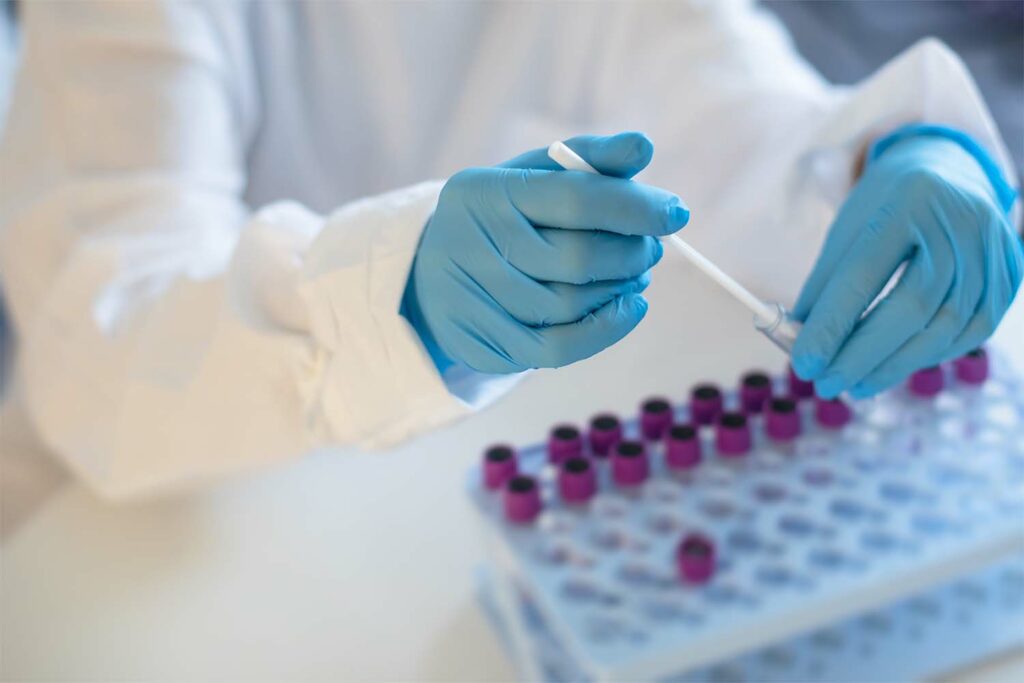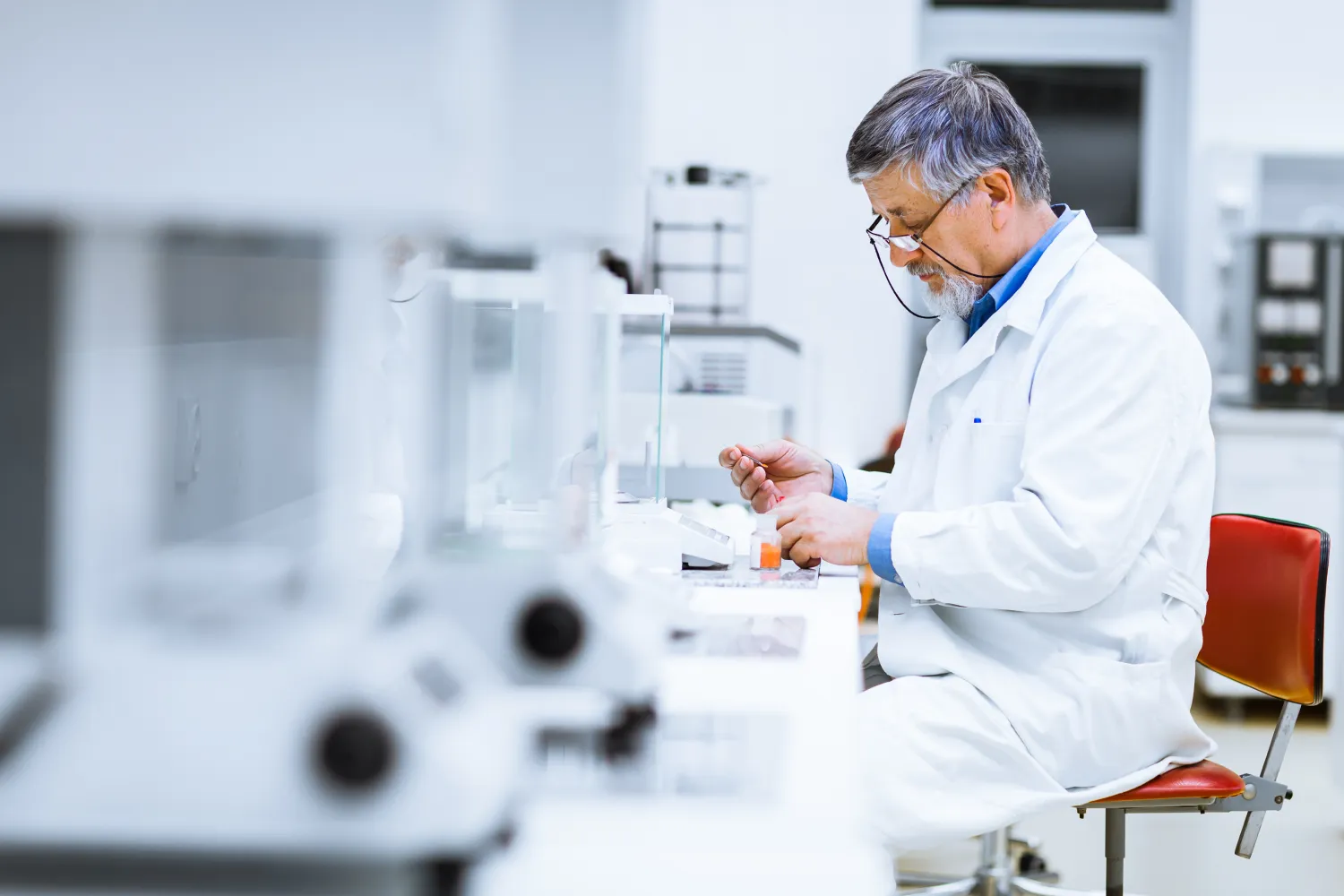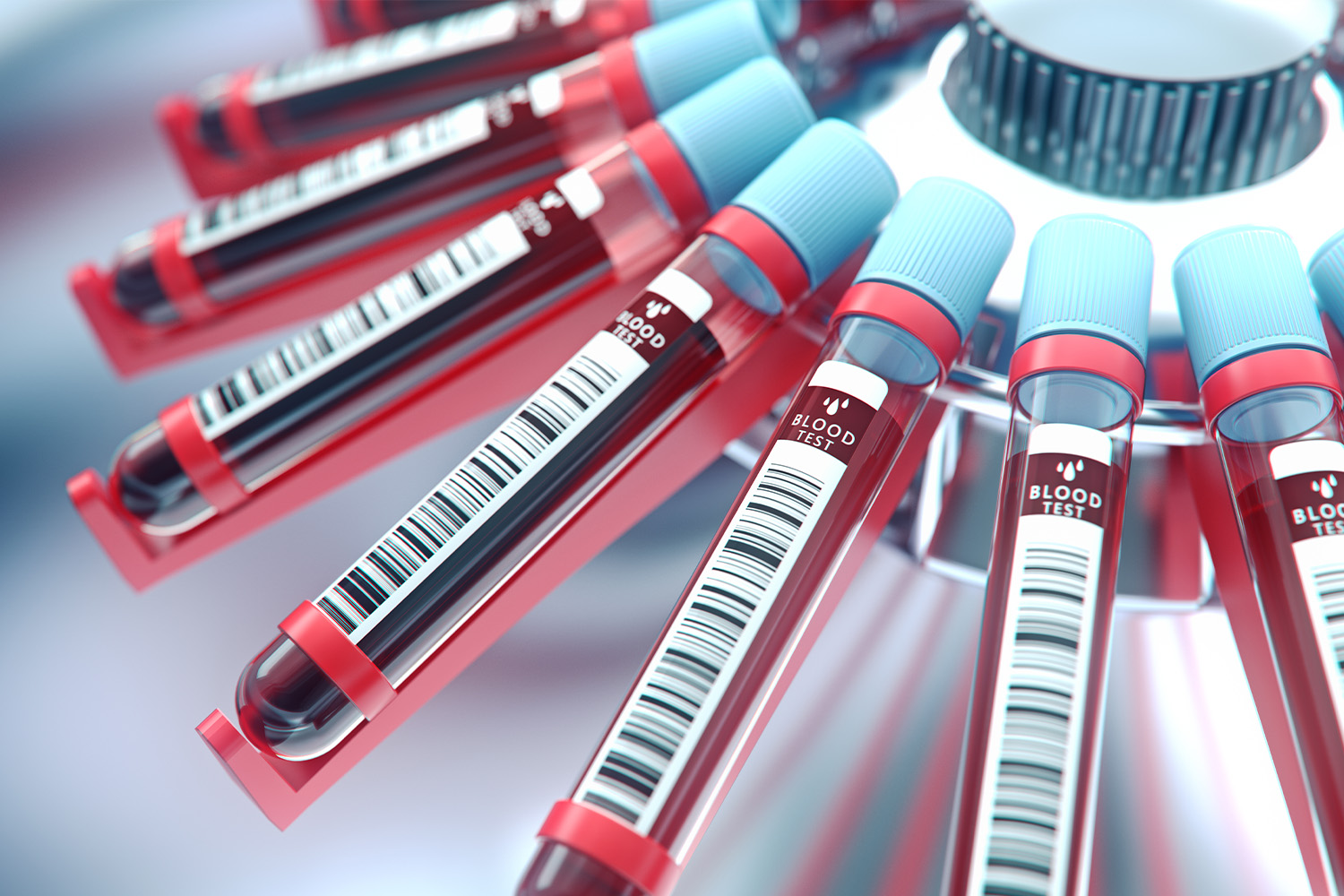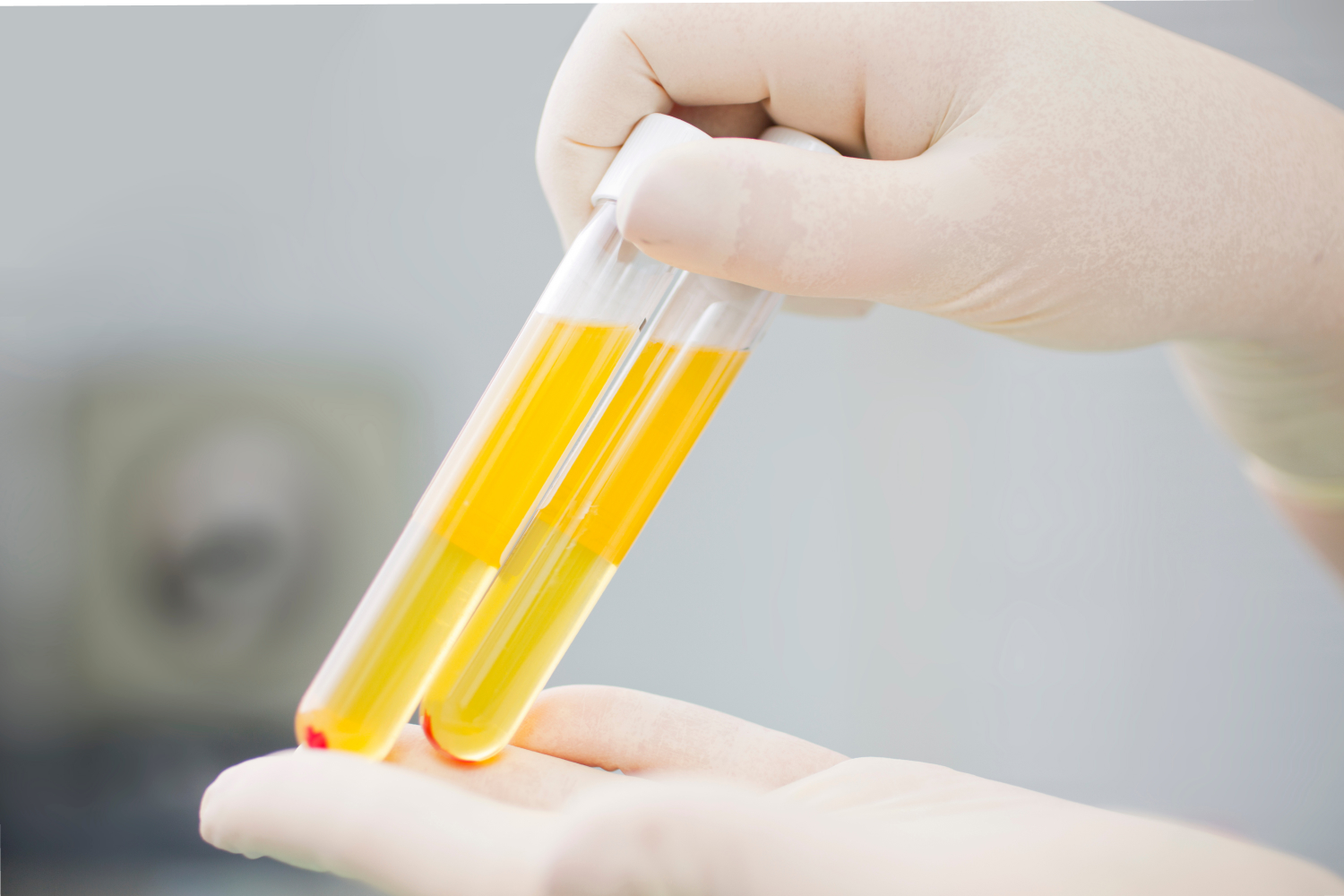
Collecting high-quality biospecimens is crucial as clinical trials are being fast-tracked and relied upon for important clinical conclusions. No single universal guideline dictates how all biospecimens should be collected.
However, there are specific ways and best practices for collecting, storing, tracking, and retrieving biospecimens to maintain their quality. The International Society for Biological and Environmental Repositories (ISBER) is one organization that has developed several best practices for collecting biospecimens.
The improper collection of biospecimens could lead to inaccurate results, damage to the reputation of clinical trials, and potential harm to patients. Therefore, the integrity of biospecimens should be upheld in all stages of the collection process.
Continue reading to learn more about the best ways to collect biospecimens.
The Collection of Biospecimens: Best Practices
Various biospecimens, such as blood, tissue, and urine, can be obtained for clinical trials and other research purposes. The collection of biospecimens depends on several factors.
These factors include the intended use of the biospecimen and the resources available for collecting the biospecimen. Biospecimens should be collected in a controlled environment with set standards, protocols, and procedures in place to protect the quality of the biospecimen.
With the right policies in place, biorepositories can help promote the use of high-quality biospecimens that can positively impact patient health. In addition, the sensitivity and specificity of clinical tests require that high-quality biospecimens be used for accurate results.
Clinical tests that use high-quality biospecimens can yield accurate results from which significant clinical conclusions can be drawn.
Examples of collected biospecimens include:
- Tissue
- Blood
- Urine
- Stool
- Buccal cells
- Hair
- Nail clippings
- Semen
- Cervical vaginal lavage
- Breast milk
- Meconium
- Hair Samples
The process for collecting biospecimens will vary depending on the biospecimen chosen for analysis. Procedures should be outlined and documented at the facility where biospecimens will be collected, processed, and stored.
Solid Tissue
Tissue biospecimen samples can be collected through a biopsy, autopsy, or surgery. One of the most important aspects of collecting tissue is to preserve it as quickly as possible after removal. The use of phosphate-buffered formalin, alcohol, or paraffin is often used to preserve tissues quickly, especially if freezing or storage facilities are not available.
Every step of the process, including excising, fixating, or freezing, should be documented with details on the timing of each step. Specimens that are collected through an autopsy should have documentation on the time intervals between death, collection, and processing after removal, as tissues can quickly degrade after death.
It is best to have a qualified histopathologist review the tissue specimen after being collected to ensure accuracy and compliance with certain accrediting organizations.
Be sure to pre-label the containers of the biospecimen before collection to streamline the tracking process. Collection containers may be labeled with specific barcodes or donor IDs before removal of the tissue.
Blood
Blood samples are commonly used for various clinical tests. The main question with collecting blood specimens is which type of blood sample is warranted for the specific study. There are three main blood biospecimens collected: whole blood, plasma, and serum.
In many cases, more than one type of blood biospecimen should be collected to verify the test results. Ideally, a trained phlebotomist will perform the blood draw to reduce discomfort and ensure accuracy.
The best practices for collecting blood specimens include using the correct tubes with the right additives or anticoagulants as needed. Anticoagulants, such as EDTA, heparin, or citrate, can be added when plasma is the intended biospecimen to be collected.
Otherwise, the blood can be allowed to clot and centrifuged for the collection of serum. It is best to separate the serum from other blood components as soon as possible to reduce contamination.
The storage and stability of blood specimens should be kept in mind, as RNA and proteins may be sensitive to environmental changes. Avoid thawing and refreezing the samples. Ideally, blood samples should be processed and stored within four to 24 hours of the blood draw to reduce the risk of degradation.
Urine
Urine specimens can be collected to assess a number of different analytes. If a study design warrants the collection of urine specimens, some best practices can be implemented.
First, it is important to determine the method of collection for urine specimens; for example, the sample may be collected as a random, fractional, or timed urine specimen. In some cases, a clinical test may require a specimen from the first-morning urine.
The method of collection should be documented in the database. After collection, urine specimens are usually centrifuged in order to remove cellular debris and other substances that may be present. The containers for collecting urine samples should be dry and sterile with a capacity of 50 mL to 3 L, a wide mouth, and a cap that is leak-proof.
Storing urine specimens is another crucial aspect of urine sample collections. Urine specimens should be stored on ice or refrigerated after collection. The use of preservatives may be required for some urine specimens, depending on the intended type of analysis.
Specific test methods, estimated time delays, and certain conditions during transport can call for the use of different preservatives, such as EDTA and sodium metabisulfite.
Stool
Stool samples can be collected by the participant. The use of a container lined with plastic wrap or placing the container inside of another container can help provide a sealed storage environment for the sample. Stool samples are typically frozen after collection.
For long-term storage, lyophilizing the sample can provide a minimally odorous and smaller sample.
Saliva or Buccal Cells
Saliva or buccal cells can be collected for different studies. They are especially useful as samples for drug testing, genetic DNA testing, HIV detection, and the monitoring of certain hormone levels. Samples are self-collected by participants with the use of a collection device. Cotton swabs, polypropylene-covered polyether rolls, mouthwash, and paraffin wax chewing stimulation devices may be used to collect samples.
For saliva samples, participants may be able to provide saliva in a specified container. Saliva can be stored as non-centrifuged or centrifuged samples. As with other specimen samples, saliva and buccal cell samples should be labeled appropriately.
Stability of Biospecimens
It is crucial to consider the preparations needed for preserving the quality of biospecimens. Some assays need to be conducted with freshly collected specimens. For this reason, the necessary arrangements should be made for the rapid transit of the specimen or the immediate use of the specimen in an on-site laboratory.
Several factors can affect the stability of biospecimens. The timing of the biospecimen collection, the organ site where the biospecimen is collected from, the use of anesthetics, and the use of stabilizing agents to preserve the biospecimen can all affect the molecular stability of a specimen.
In addition, extensive processing and the environment or temperature in which the specimen is stored after collection may promote degradation.
It is best to follow the protocols outlined at the facility where specimens are being collected. Following the right procedures for collecting and preserving the biospecimen will help ensure that there are no negative effects on future analyses.
Storage of Collected Biospecimens
The storage of collected biospecimens should be performed in accordance with standard operating procedures (SOPs). Establishing uniform storage conditions for a particular biospecimen will protect the quality and integrity of the samples.
Trial-specific protocols and the context of the clinical trial may influence how samples are stored. Storage equipment may include mechanical freezers and liquid nitrogen tanks, as well as room temperature environments.
Storage equipment should be validated to ensure that systems, such as temperature monitoring systems, are functional. The use of backup storage equipment, monitoring systems, and alarms should be planned well in advance to curtail any complications from mechanical failures.
Avoid unnecessary thawing and refreezing of biospecimens. If thawing and refreezing cannot be avoided, validated protocols should be followed to maintain the stability of the biospecimen.
It is also important to keep in mind whether the labels for biospecimens will remain durable in the specified storage conditions.
Tracking Biospecimens
Every biospecimen sample should be labeled with its unique identifier or combination of identifiers. These labels should be clear, legible, attached to the sample container, and able to withstand storage conditions.
Other relevant information may be affixed to the label as long as security, confidentiality, and informed consent terms are taken into account. A well-defined tracking system can help streamline retrieval, transfer, and shipping processes.
Different data management tools may be used to document and track biospecimens. These tools may include multi-user software, automated information systems, and paper methods.
There are numerous pieces of data associated with the collection and analysis of biospecimens for research. Quality clinical data management (CDM) systems are necessary to support high-quality research with data extracted from biospecimens.
Legal and Ethical Considerations
Outlining informed consent, ownership, and confidentiality processes should be performed before the collection of biospecimens. Patients and participants should be clearly informed about the use of the collected biospecimens, and efforts should be taken to reduce any risks to the patient regarding their health, privacy, and confidentiality.
It is important to stay current on laws and regulations that could ultimately affect the collection of human biospecimens.
Get High-Quality Biospecimens With iProcess
iProcess is a leading global supplier of biospecimens for organizations across the globe. These organizations include research, diagnostic, and pharmaceutical organizations that conduct clinical trials and are in need of high-quality biospecimens.
With iProcess, organizations can take their cutting-edge research to the next level with high-quality biospecimen collection. The use of certified biospecimen samples helps support streamlined clinical testing tasks.
Contact iProcess for more information or request a quote.
Sources:
DNA Storage: Research Landscape and Future Prospects | PubMed




